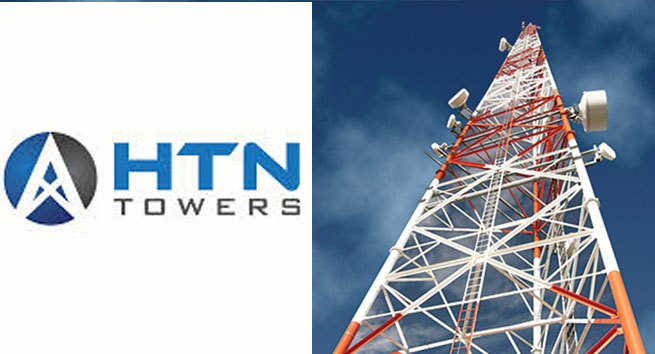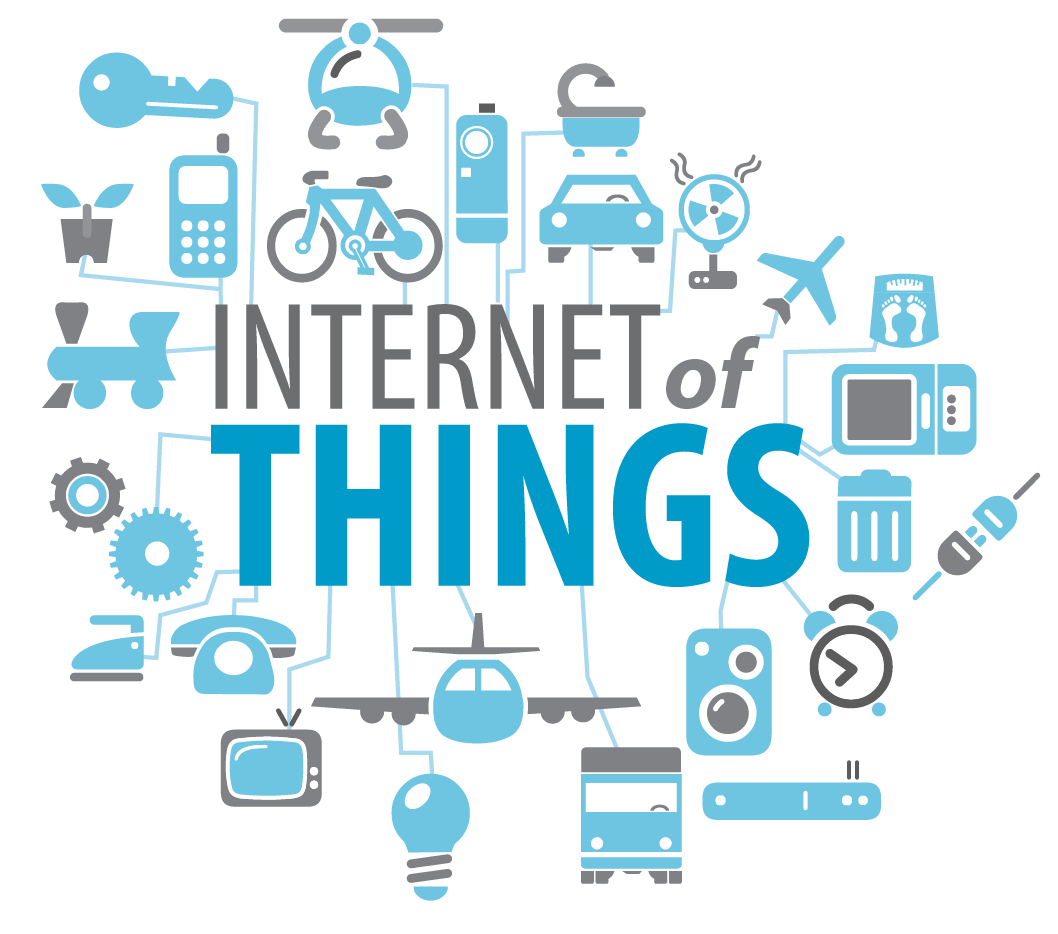Benefits of a Distributed Antenna System(DAS) in Telecommunications-HTN Towers

Distributed Antenna System(DAS) is a network of antennas spaced apart from each other but connected to a common source. A DAS contains all the elements of a cell site and can convey both wireless data and voice signals. A typical DAS system is composed of a group of low power antenna spatially separated and providing seamless coverage over the same area as a single high power antenna. A Distributed Antenna System may be deployed indoors or outdoors. It can also be used for multi – operator solutions where the signals of different operators are passed over the same DAS infrastructure.
A DAS system is usually effective in areas where the typical single high power antenna system is ineffective due to environmental or structural challenges. For example a typical cell tower height is usually meters below the standard urban sky scraper buildings, this leads to poor signals at the top of the buildings where most of the executives of the companies have their offices. The construction of building causes signal attenuation due to the pillars and heavy metal used in construction.
Some of the clear benefits of deploying DAS include:
Using a DAS solution, a seamless coverage is provided all over the building and there is less attenuation as the signals is produced inside the building.
Ability to provide high grade of service and dedicated capacity in crowded or poor coverage areas such as Malls, Airports, Stadiums, Bridges and high rise buildings
Operators are able to provide a higher grade of service for the high net-worth individuals in high rise buildings who experience poor signal due to distance and height of cell sites. These group will significantly add to the operators’ bottom line
Radiation is reduced for an indoor Distributed Antenna System due to the mobile devices using a lower power level to transmit signals. This also improves the battery life of the mobile devices as they use a lower power level.
There is higher grade of service due to the improved signal level coverage resulting in higher throughput for data services.
Providing a seamless indoor experience is now expedient as most individuals spend their working days indoors. This is a huge demographic of mobile users that is being ignored with poor signal levels within the buildings. There is also a greater emphasis on data services as most people now depend on mobile wireless services for the connected devices like smartphones, tablets, POS terminals and connected devices in the indoor environment.
Article Contributed by HTN Towers







